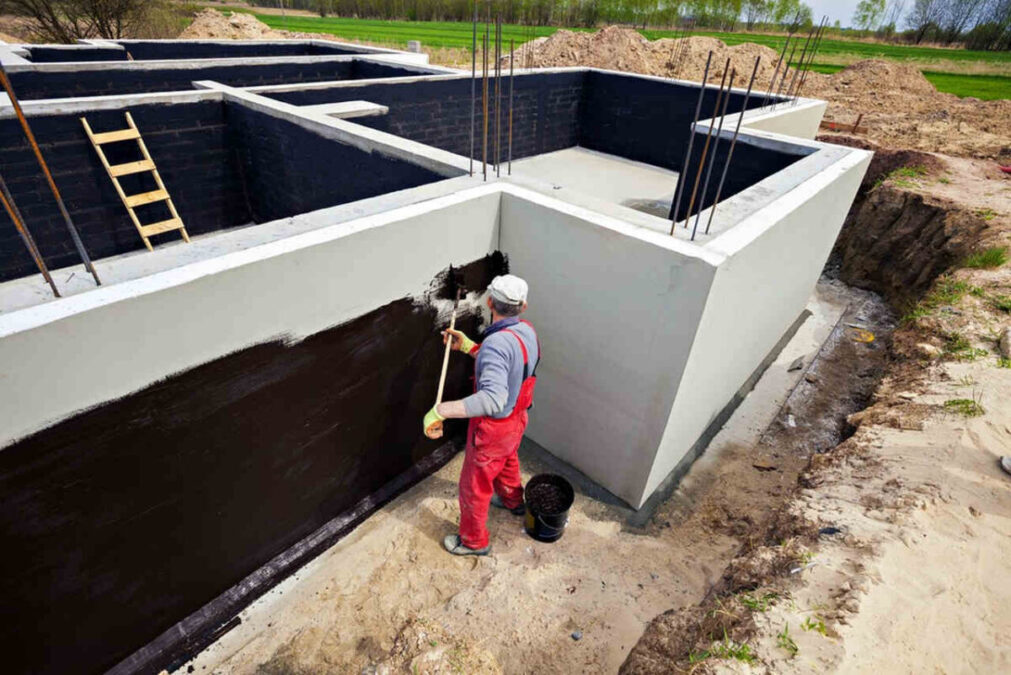Waterproofing your basement is not just about avoiding a damp, musty space; it’s about protecting your investment, ensuring your home stays healthy, and creating a cozy, usable area for your family. Whether you’re dealing with occasional leaks or planning a full-scale renovation, these techniques will help you keep your basement dry, comfortable, and ready for anything.
Why Waterproofing Your Basement Matters
A dry basement isn’t just a luxury; it’s a necessity for maintaining the structural integrity of your home. Water damage can lead to mold growth, wood rot, and even foundation issues if left unchecked. By addressing potential water problems before they become severe, you can save yourself a lot of time, money, and stress in the long run.
Preventing Health Issues
A damp basement is a breeding ground for mold and mildew, which can cause serious health issues, especially for those with allergies or respiratory conditions. Waterproofing helps prevent these problems by keeping moisture levels under control.
Protecting Your Investment
Your home is likely one of your most significant investments, and a wet basement can significantly reduce its value. Waterproofing protects your property and ensures that it remains an attractive option for future buyers.
Creating Usable Space
A dry basement opens up a world of possibilities. Whether you want to create a playroom for the kids, a home office, or a guest suite, waterproofing ensures that the space is comfortable and inviting.
Identifying Common Basement Water Problems
Before you can effectively waterproof your basement, it’s essential to understand where the water is coming from. Here are some common sources of basement water problems:
Leaking Walls and Floors
Cracks in your basement walls and floors can allow water to seep in, leading to dampness and potential flooding. These leaks often result from soil pressure, poor construction, or natural settling over time.
Poor Drainage
If your property doesn’t have adequate drainage, water can pool around your foundation, eventually making its way into your basement. This issue is particularly common in areas with heavy rainfall or clay-based soils.
High Humidity Levels
Even if you don’t have visible water intrusion, high humidity levels can still cause problems. Moisture can seep through concrete walls and floors, leading to a damp, musty environment.
Top Waterproofing Techniques for Basements
Now that you’ve identified the source of your basement’s water problems, it’s time to explore the best waterproofing techniques to keep your space dry and cozy.
Exterior Waterproofing
Exterior waterproofing involves applying a waterproof barrier to the outside of your foundation. This method is highly effective but can be expensive and labor-intensive.
Installing Drainage Systems
One of the most effective ways to keep water away from your foundation is by installing a drainage system. French drains, for example, can help redirect water away from your home, preventing it from pooling around your foundation.
Using Waterproof Coatings
Applying a waterproof coating to your foundation walls can help keep water out. These coatings are typically made from asphalt or other waterproof materials and provide a protective barrier against moisture.
Grading and Landscaping
Proper grading and landscaping can significantly impact your basement’s waterproofing efforts. Ensure that your yard slopes away from your home, preventing water from pooling around your foundation. Additionally, consider planting shrubs and trees that can help absorb excess water.
Interior Waterproofing
Interior waterproofing methods focus on addressing water problems from within your basement. While not as effective as exterior solutions, they can still provide significant benefits.
Sealing Cracks and Joints
One of the simplest and most cost-effective ways to waterproof your basement is by sealing cracks and joints in your walls and floors. Use a high-quality sealant to fill any gaps and prevent water from seeping in.
Installing a Sump Pump
A sump pump is a valuable addition to any basement, as it helps remove water that has accumulated in a sump pit. The pump automatically activates when the water reaches a certain level, directing it away from your home.
Using Waterproof Paint
Waterproof paint can provide an additional layer of protection for your basement walls and floors. While not a permanent solution, it can help reduce moisture levels and improve the overall appearance of your space.
Dehumidification
Controlling the humidity levels in your basement is essential for preventing mold growth and maintaining a comfortable environment.
Installing a Dehumidifier
A dehumidifier can help remove excess moisture from the air, reducing humidity levels and preventing mold growth. Choose a unit with the appropriate capacity for your basement’s size and ensure it has a built-in drain for continuous operation.
Improving Ventilation
Proper ventilation is crucial for maintaining a dry basement. Ensure that your space has adequate air circulation by installing vents or using fans to move air around.
Insulating Pipes and Walls
Insulating your pipes and walls can help prevent condensation, which can contribute to high humidity levels. Use foam pipe insulation and install insulation on your basement walls to keep moisture at bay.
When to Call a Professional
While many waterproofing techniques can be tackled as DIY projects, some situations require the expertise of a professional. If you’re dealing with significant water intrusion or structural issues, it’s essential to consult with a basement remodeling company in Denver CO to ensure that the problem is addressed correctly.
Conclusion
Waterproofing your basement is a crucial step in maintaining a healthy, comfortable home. By understanding the common sources of water problems and implementing the appropriate techniques, you can keep your basement dry and ready for any use. Don’t wait until water damage becomes a significant issue – take action now and protect your investment.
For more tips and personalized advice, consider booking a consultation with a professional who can help you create a tailored waterproofing plan for your home. With the right approach, you’ll enjoy a dry, cozy basement for years to come.
Also Read: https://usatimenetwork.com/




